Course Summary
Students will learn the mechanisms of cranio-cervical and vestibular-ocular (dys) function of postural control.
Upcoming Courses
Want to run this event in-house? Enquire about running this event in-house
No live events to show
Course Summary
Students will learn the mechanisms of cranio-cervical and vestibular-ocular (dys) function of postural control.
Expand all
Full Course Description
During the CRAFTA-Special Topic Course (formerly known as CRAFTA-3), students will learn the mechanisms of cranio-cervical and vestibular-ocular (dys) function of postural control. Manual assessment of the cervical and oculomotor system will be demonstrated and practiced. Various primary and secondary headaches and the role of the neuromusculoskeletal assessment and therapy will be explained based on current external and clinical evidence.
Various pediatric headaches and associated issues will be reviewed with in-depth attention to the impact of orthodontics, balance and equilibrium, motor dysfunction and neuromusculoskeletal dysfunctions of the eyes, spine, peripheral nervous system, and craniofacial-mandibular region. Students will learn advanced clinical tests and treatment strategies.
NOTE: As of May 2019, the course numbering of the CRAFTA course program has been updated. This course is sometimes referred to as the "Ocular, Vestibular and Craniocervical Pain and Dysfunction course; Assessment and Management in Children and Adults."
Prerequisites
There are no pre-requisites for this course.
Course Schedule
CRAFTA-Special Topics Schedule
Note: The actual times may vary with each program at the discretion of the instructors. Refreshments are provided.
Day 1
Day 2
08:30 - 09:00 Anatomy and Function of the Eye
09:00 - 09:30 Assessment of the Oculomotor System 1 - Coordination, (Un-) cover, Accommodation Tests
09:30 - 10:00 Assessment of the Oculomotor System 2 -Evaluation of the Ocular Dysfunction in the 5 x 5- Protocol
10:00 - 10:15 Questions & Answers
10:15 - 10:45 Assessment of the Oculomotor System 3 - Neurodynamic Tests of the Oculomotor Nerves
10:45 - 11:30Assessment of the oculomotor system 4 - Direct muscle tests, incl. trigger points, of the oculomotor muscles
11:30 - 12:15 Functional Integration Tests (FIT)
12:15 - 01:00 Evaluation FIT with Respect to the 5 x 5 Protocol
01:00 - 02:00 Lunch
02:00 - 02:30 Postural and Equilibrium Tests (PET)
02:30 - 03:15 Evaluation PET with Respect to the 5 x 5 Protocol
03:15 - 03:30 Questions & Answers
03:30 - 05:00 Oculomotor Dysfunctions (Theory)
05:00 - 05:15 Questions & Answers
05:15 - 06:00 Treatment of Oculomotor Dysfunction in Adults
06:00 - 07:00 Implementation of the 5 x 5- protocol (Practical)
Day 3
08:30 - 09:00 Classification of Headaches according to the International Headache Society
09:00 - 09:30 Headaches and Neuromusculoskeletal Dysfunction in Children
09:30 - 09:45 Questions & Answers
09:45 - 10:30 Pain Measurements in Children
10:30 - 11:15 Red Flags for Pediatric Headaches
11:15 - 11:30 Questions & Answers
11:30 - 12:15 Anatomical and Biomechanical Qualities of the Craniocervical Region in Children
12:15 - 01:00 Physical Examination of the Craniocervical Region in Children
01:00 - 02:00 Lunch
02:00 - 02:30 Craniofacial Growth & Dysfunctions; Basis for Assessment and Treatment
02:30 - 03:15 Assessment the Craniofacial Region in Children
03:15 - 03:30 Questions & Answers
03:30 - 04:00 Assessment of the Orofacial Region, incl. TMJ in Children
04:00 - 04:30 The Pediatric Nervous System
04:30 - 05:00 Assessment of the Long Sit Slump and Neck Flexion
05:00 - 05:15 Questions & Answers
05:15 - 06:00 Oculomotor Dysfunction in Children
06:00 - 07:00 Assessment of Pediatric Oculomotor Dysfunction
Day 4
08:30 - 10:30 Vestibular Dysfunctions and Postural Changes in Children
10:30 - 10:45 Questions & Answers
10:45 - 11:30 Management of Headache and Neuromusculoskeletal Dysfunction in Children (Guideline Proposals)
11:30 - 12:15 Manual Treatment of the Craniocervical Region
12:15 - 01:00 Manual Treatment of the Craniofacial Region
01:00 - 02:00 Lunch
02:00 - 02:30 Treatment of the Nervous System
02:30 - 03:15 Oculomotor Treatment in Children - 1
03:15 - 03:30 Questions & Answers
03:20 - 04:30 Oculomotor Treatment in Children - 2
04:30 - 05:00 Summary
Who Should Attend
Physical Therapists
Physicians
Dentists
Chiropractors
Speech-Pathologists
Occupational Therapists
Course CEUs
Maryland Board of Physical Therapy Examiners - 3.8 CEU's
NOTE: Many states, such as Connecticut, Georgia, New Hampshire, North Carolina, Kansas, Kentucky, South Carolina, Virginia, and Wisconsin, among many others, accept the CEUs approved by the Maryland Board of Physical Therapy Examiners.
If you are not sure about another state, check out your state board's website and look for language like (from South Carolina - https://www.llr.sc.gov/pt/ce.aspx):
At least fifteen (15) of the required thirty (30) contact hours shall be from Certified Activities. Certified Activities include [...] attendance at conferences and completion of continuing competency activities provided by the American Physical Therapy Association (APTA), South Carolina Chapter of the American Physical Therapy Association (SCAPTA), other chapters and sections of the APTA, as well as other state boards of physical therapy.
Course Objectives
Identify the anatomical differences of the cervical spine between adults and children (atlas paradox, growth and development of anatomical structures)
Demonstrate knowledge and skills for the assessment of the craniocervical region (including test for instability)
